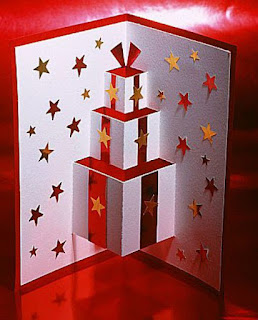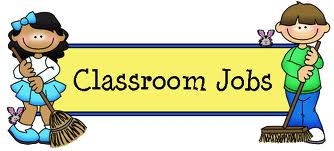I just received this book from
Poolbeg, which I plan on using this academic year for the 100th Anniversary of the Easter Rising. It is a nice way to extend their knowledge of the Rising in Ireland at the time through the diary of a twelve year old girl living in Dublin. It is a well written book with many snippets of humour to engage the students and the topic will probably engage even the most reluctant reader! It is certainly worth investing in a few copies for your class library or doing collectively as a class novel.
I would recommend the book for a good 5th class or 6th Class as the vocabulary is quite challenging. It could also be used with 1st years in Secondary School. Included in the book are a list of useful links and resources to explore the Easter Rising further. It also has a useful glossary of groups and individuals involved in the Rising.
It has huge scope for integration with many subjects areas. I have listed a few ideas below.
English:
-Diary Entries from the perspective of other characters in the story
-Create newspaper articles during the week of the Rising.
-Book Review of the Novel
-Persuasive Writing (E.g. The Irish were right to fight for their independence)
Drama:
-Create improvisations based on the characters in the book
-Use of conscience alleys to help the characters make difficult decisions
-Hot seat characters from the book and ask them a variety of questions
-Thought track characters from the story at different times throughout novel
History:
-1916 Rising
-World War I in Europe
-Historical Figures (Pearse, Connolly etc.)
-Compare Dublin now and then
-Create a timeline of the events of the Easter Rising
Geography:
-Mapwork based on landmarks mentioned in the story
-Scoilnet maps to identify landmarks from story
-Dublin City (Ireland)
Art:
-Design a new front cover for the book
-Choose your favourite scene from the book and draw it
-create a movie reel of the main scenes from the book
Science:
-Inventor Thomas Edison (is mentioned in the story)
Music:
-learn words to Amhrán na bhFiann
-learn tin whistle tune to Amhrán na bhFiann
Project Work
-Assign a specific aspect of the Rising for the children to research
Examples include:
*Research a person involved in the 1916 Rising
*Research the landmarks involved in the 1916 Rising
*Write a different ending to the story
*Write a review of the book
*Write a letter to the author outlining your recommendations (likes/dislikes of the story)






















































